We all know yoga can bring many health benefits for our bodies by practicing various asanas. If you want to fight back pain and release blocked energy, frog pose in yoga is the way to go.
Yet, this posture is not easy, even for advanced yogists. So, how do you do it correctly? Do not worry. This article will provide all the information you need about the frog pose. Keep reading!
What is Frog Pose?
A frog pose, also known as Mandukasana or Adho Mukha Mandukasana, is an advanced yoga stance focusing on the hips, inner thighs, and core.
It requires you to open your hip and muscles to improve posture. Due to the high focus on hips, some people call it a frog stretch for hips.
While practicing this hip opener frog pose, you need to incorporate mindfulness and breaths simultaneously. So, this is a great posture to practice after warming up.
As this takes time to make it easier, it is especially useful if you are looking for a happy allowance with a chance to do deep and slow and attentive breathing.
How To Do Frog Pose: A Detailed Guide For Beginners
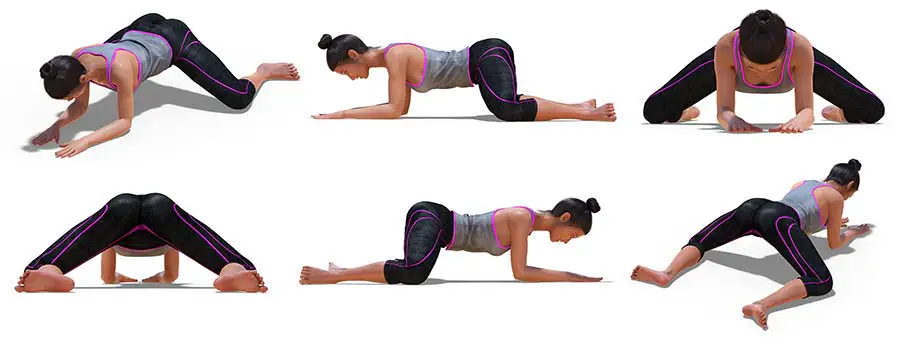
Many people keep complaining about why is frog pose so hard. It’s maybe their mistake of making somewhat wrong in the pose. Here are detailed instructions for performing frog position in the right way:
- First, you may begin in a tabletop position with hands and knees on the floor. Keep in mind to keep your arms in line with your shoulders and knees just below your hips. Stay for a few seconds.
- Hold your breath and gently move the left and right knees to the side, then continue breathing as you experience a stretch. Depending on your flexibility, you may feel a strong stretch on the inside of your thigh. Don’t put much more load on your body than you can.
- Keep your hips open by turning your feet outward and stretching your ankles until your inner foot, inner ankle, and knee touch the floor. Beginners can use a knee-length blanket to reduce high tension during the stretch.
- Lower yourself on your forearms and enter the frog pose. Keep your forearms and palms on the floor. Continue here for 5 to 10 breaths or as many deep breaths as possible. Breathing will be shorter but faster if you can stretch yourself very well.
- From here, gently extend your arms forward, lowering your upper abdomen, chin, and chest to the floor. Keep your hips stable and your knees and ankles touching the floor as you do this.
- After the stretch is finished and your hips can open more, carefully spread your knees apart without lifting them off the floor. First, hold this supine position for about 30 seconds, focusing on your hips, chest, knees, ankles, and shoulders.
- To release, slowly push your elbows back, place your hands on the floor, push your body back, and gently lift your body to bring your knees together. Relax as you approach Balasana.
- You can repeat this exercise 6 or more times if you feel comfortable.
Benefits Of Frog Pose Yoga
This pose has a major impact on the lower back, hips, and knees, but additional frog pose benefits are outlined below:
The Thigh Muscles (Adductors), Core, Chest, And Shoulders
The longer you hold this position, the stronger the muscles involved become. This forward bend pose also stretches the front and back muscles of the body.
Flexibility And Moving Range
The opening of the thighs tends to activate various muscles such as the pelvis, glutes, trampled tendon, calf, core, chest, shoulder, and waist.
When you start slowly, they enhance this muscle and joints that participate in the exercise range, such as hips, knees, ankles, ribs, jaw cells, and elbows.
It helps your body prepare for more complex poses like the associated extended lizard pripthasana.
Chest, Diaphragm, Breathing
The upper abdomen, chest, rib cage, armpits, neck, and arms will work together to help you breathe deeply. Breathing should be deep and soft, keeping your chest and shoulders wide and leaving some space between your nose and the floor.
This type of breathing, when performed in a state of awareness, aids you in improving your yoga practice. The farther you extend your arms, the wider your hips will widen and the deeper the breathing process.
Recognition And Concentration
One of the biggest benefits of this pose is enhancing concentration. This is because this stance requires a high focus on adjusting the movement to keep the hip comfortably in the external rotation.
When performing this, there is a possibility that the knees can be slipped across the stretch of Pasha, which may cause injury.
Therefore, muscles are important to help you stay that fully realize actions related to joints and cancel the pose.
Stimulations And Organs
Pressure from the lower back or spine and groin activates the root chakra (the Muladhara chakra) located at the base of the spine. Activating the root chakra can give you a sense of stability and stability, both physically and mentally. It also serves as the center of a person’s emotional and spiritual balance.
Likewise, pressure on the abdomen stimulates the solar plexus chakra (Manipura chakra), providing individual efficiency, motivation, and self-empowerment. Core pressure also regulates the stomach and improves function.
Balance And Emotion
The frog pose will remove blocked energy from your hips, pelvis, lower back, and lower back. As the blocked energy is cleared, accumulated emotions are washed away, leaving a feeling of lightness and freshness. This way, it provides a balance of body and mind.
Thus, it may also be helpful for people with anxiety, trauma, or depression problems.
Things You Need To Pay Attention When Practicing This Pose
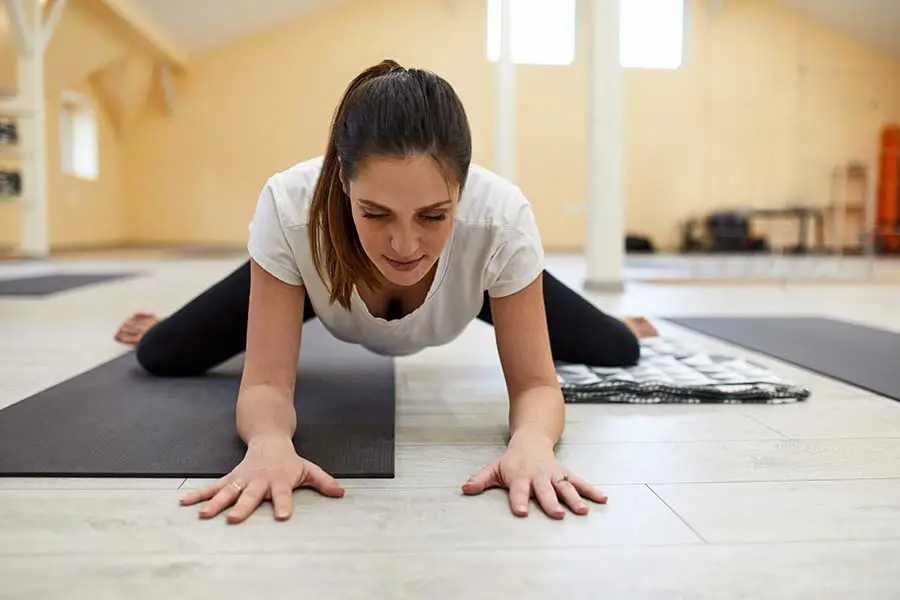
Always Remember To Breathe
One of the main benefits of frog pose is deep abdominal breathing. This is especially important when deepening the frog stretch in the groin area and moving into a position.
Resist the urge to hold your breath. If the stretch is too extreme and you respond by breathing less, release the stretch and bring the energy back into your breath.
Open Your Knees
If this is your first time in this position, or you have limitations in your hips or knees, try not to spread your knees further to get closer to the ground. Just lower yourself only as far as it is comfortable for you. As long as you feel the frog pose stretch and breathe deeply, you can still benefit from the posture.
Back Flat
Success in this pose is achieved by keeping your core strong and your back flat. It may seem difficult to use certain muscles and release others (thighs and inner thighs). However, if you need support, use a roller under your stomach.
The Last Words
This article has provided you with all information about frog pose in yoga, a common and helpful yoga stance. Now, practice it yourself daily, and you can receive many outstanding benefits.
You naturally become flexible and open when you build strength through this yoga posture. Your strength will help you overcome the walls of limits, broaden your horizons and try new waters.

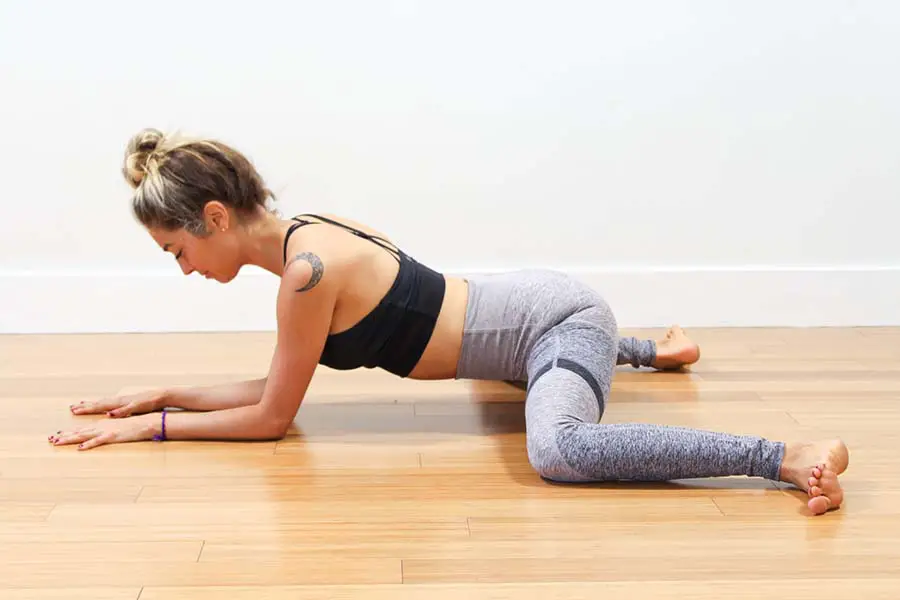
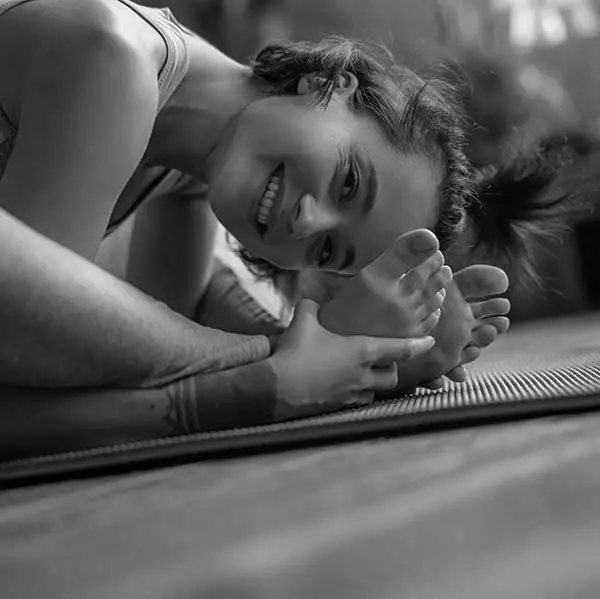
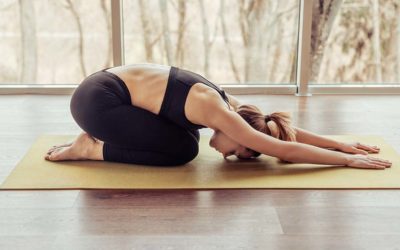
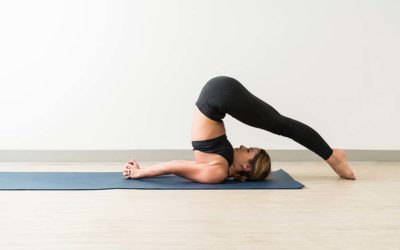
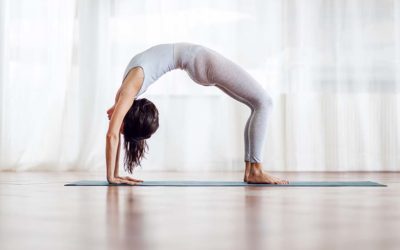
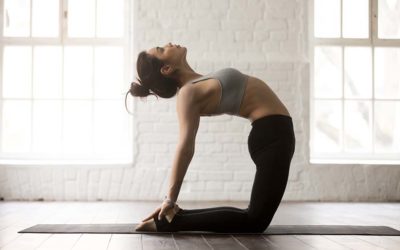
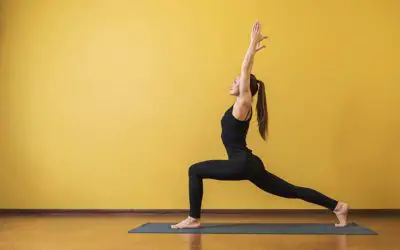
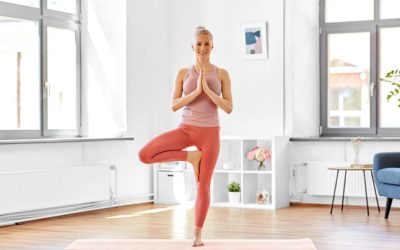
0 Comments